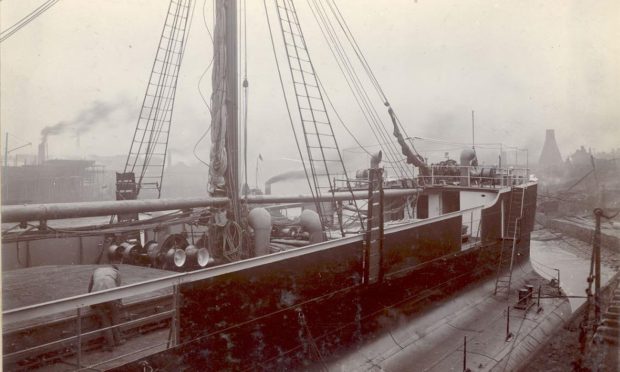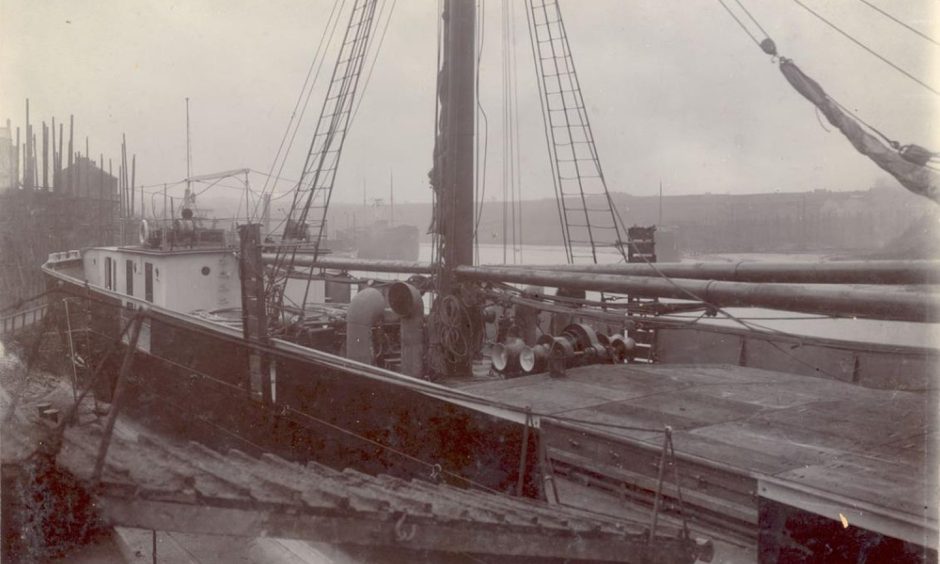A First World War Russian merchant shipwreck has been discovered in the North Sea.
The discovery was made during a survey for what could be the first floating offshore windfarm.
The ship, believed to be the SS Tobol, was torpedoed by a German U-boat in 1917.
Built at the turn of the 20th century in Sunderland, it began life as the SS Cheltenham.
It was renamed after being captured by Russian warships in 1904, inspired by the Tobol river.
The ship’s resting place was identified in sonar scans from surveys by MarramWind for the offshore North Sea windfarm.
An exclusion zone of 250m has been placed around the ship to protect it during the survey works.
The proposed windfarm is being developed by Shell and Scottish Power and could bring enough renewable electricity to power 3.5 million homes.
North Sea shipwreck discovery
Colin Anderson, development manager for MarramWind, said: “Tobol was known to have been torpedoed in the war, but its location was unclear, so to discover it after more than a century is something special.
“It would be amazing if we could find out more about the fate of the people on board as online information suggests there may have been survivors.
“We need to be mindful that the wreck could be the final resting place for crew members.
“Hopefully our find will provide closure for their families and descendants.”
Relevant authorities have been notified of the discovery.
Discussions are now ongoing to establish a long-term archaeological exclusion zone to preserve and protect the wreck.
Toby Gane, Marine and Coastal Cultural Heritage and Archaeology Lead for WSP added: “This discovery speaks to the global nature of international commerce and alliances in the early 20th century and the interconnectedness and competitiveness of national interests at the time, something still relevant today.”


Conversation